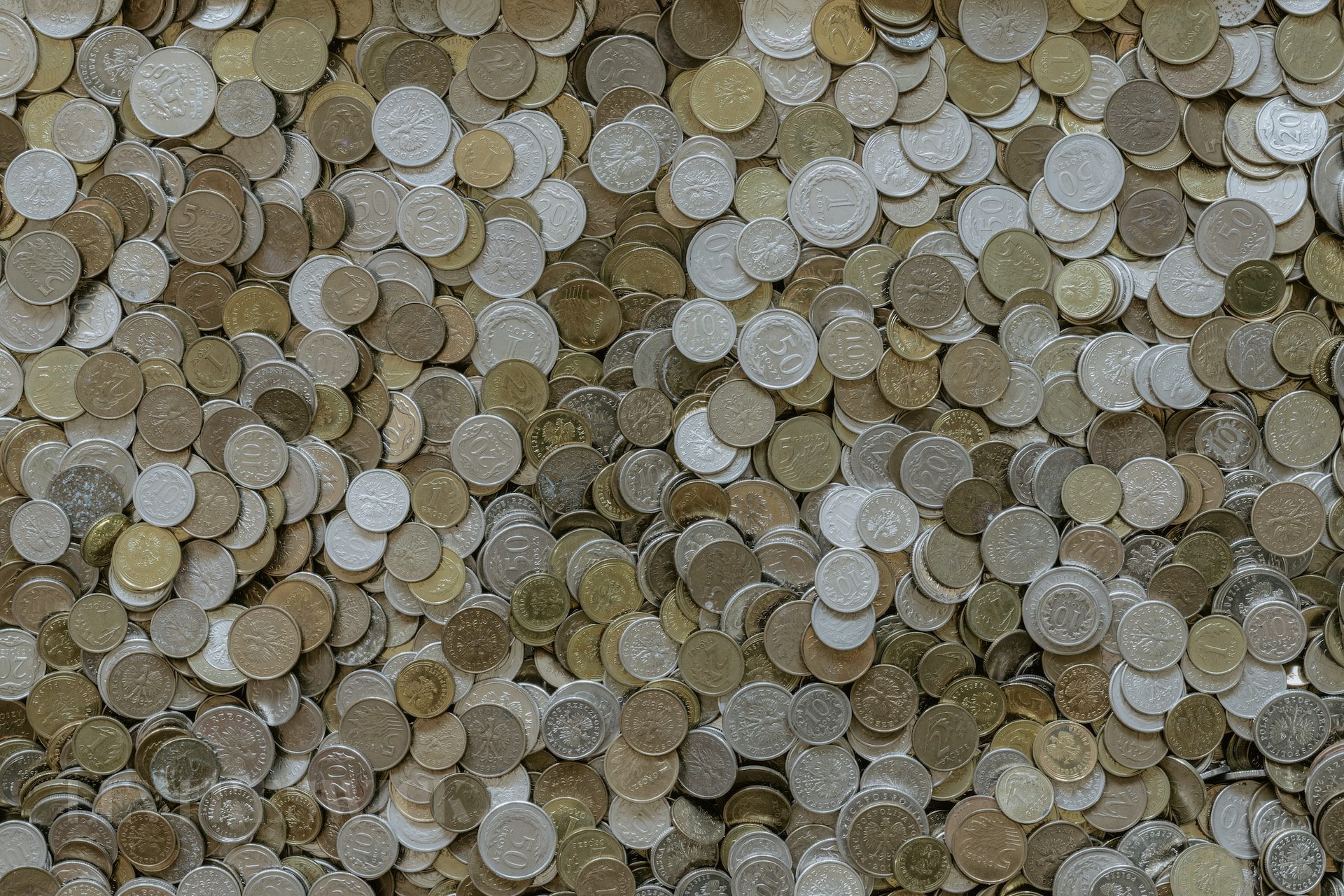Key Takeaways:
- The 2002 D nickel is cherished for its design and historical significance.
- The coin’s obverse design, crafted by Felix Schlag, features a portrait of Thomas Jefferson.
- The reverse design of the 2002 D nickel represents Monticello, Jefferson’s home.
- Factors such as condition, rarity, and demand significantly influence the 2002 D nickel value.
- Collecting nickels, including the 2002 D nickel, offers a unique approach to understanding U.S. history.
The Intrinsic Charm of the 2002 D Nickel
Among the rich tapestry of American coinage, the 2002 D nickel holds a distinctive place. Known for its iconic design, this coin carries immense historical weight. It’s the intersection of artistry, historical significance, and metallurgical craft that make the 2002 D nickel a beloved collector’s item.
The coin’s design was conceived by Felix Schlag, an eminent sculptor. Schlag’s depiction of Thomas Jefferson, the third President of the United States, graces the obverse side of the coin. The portrait of Jefferson, facing left, speaks to the spirit of an era, capturing not just the physical likeness but the values and ethos of the time.
On the left periphery of the coin, the powerful motto “IN GOD WE TRUST” is etched, reinforcing the principles that the United States was built upon. Flanking Jefferson’s portrait on the right is the word “LIBERTY” alongside the year of minting. The Denver mint’s mark ‘D’ is subtly placed below the year.
Symbolism Encased in the 2002 D Nickel
The 2002 D nickel goes beyond mere monetary value; it encapsulates a slice of American history. On the coin’s reverse side, Jefferson’s abode, Monticello, takes center stage. Monticello, located in Charlottesville, Virginia, is more than just a house—it’s a symbol of Jefferson’s inventive spirit and intellectual curiosity.
Encircling the bottom half of the coin is the denomination “FIVE CENTS,” articulated in an elegant half-circle. The top periphery presents the words “E PLURIBUS UNUM” and “UNITED STATES OF AMERICA,” fostering a sense of unity and nationalism.
This intertwining of history and artistry has fueled the coin’s appeal among numismatists (coin collectors) and history enthusiasts alike.
Decoding the 2002 D Nickel Value
As much as the 2002 D nickel is cherished for its artistic and historical merit, the coin also holds monetary value. Determining this value, however, is influenced by a number of factors including the coin’s condition, rarity, and market demand.
The condition of the coin plays a significant role in determining its value. A coin in mint state—appearing as if it was just struck—typically commands a higher price compared to coins showing signs of wear. A grading process is often employed to ascertain the coin’s condition, ranging from “poor” to “mint state.”
Similarly, the rarity of a coin impacts its worth. Typically, fewer minted coins or coins with errors can drive up demand and, consequently, the price. However, it’s worth noting that rarity doesn’t always equate to high value—a coin also needs to be in demand among collectors.
Lastly, the coin’s value is influenced by market demand. Like any collectible, a coin’s price can fluctuate based on trends in the numismatic market. The 2002 D nickel, due to its artistry and historical significance, generally holds its value well.
The 2002 D Nickel: A Glimpse into the Past
Collecting coins, like the 2002 D nickel, offers a unique window into the past. Each coin represents a tangible piece of history, providing a connection to the people, events, and values of a bygone era.
The 2002 D nickel, with its impressive design and symbolism, encapsulates this concept. Whether you’re a seasoned numismatist or a newcomer to coin collecting, the charm of the 2002 D nickel lies in its capacity to transport us back in time, reminding us of our historical roots while appreciating the enduring art of coinage.








